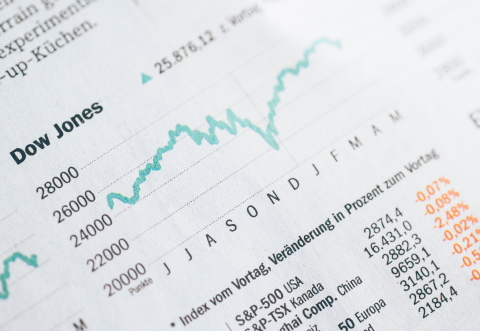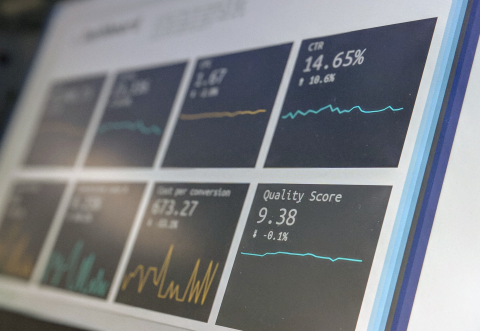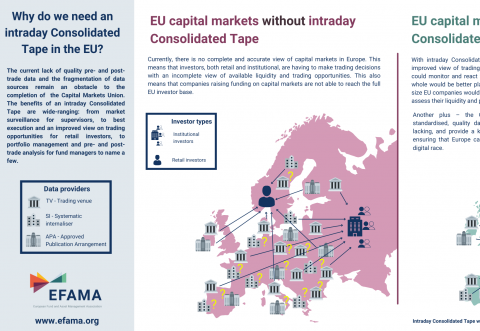MiFID / MiFIR
The Markets in Financial Instruments Directive (MiFID) is a cornerstone of EU financial services legislation and is of direct relevance to asset management companies. In 2014, the European Commission adopted new rules revising MiFID, consisting of a Directive (MiFID II) and a regulation (MiFIR). Overall, MiFID II yielded positive results in terms of liquidity and transparency for investors.
Among possible improvements to the MiFID framework, EFAMA encourages the creation of a well-structured, reasonably priced consolidated tape managed by ESMA and fed by all trading venues and systematic internalisers for all financial instruments. A second, long-term EFAMA objective is better enforcement of data providers’ existing obligation to provide market data on a “reasonable commercial basis”.
EFAMA Response to EBA Discussion Paper on Designing a new prudential regime for investment firms
EFAMA welcomes the opportunity to respond to the EBA on its proposal for a new prudential regime for investment firms. As the EBA is aware, the activity of portfolio management on behalf of thirdparty clients broadly falls under three separate EU legal regimes:
i. Individual discretionary portfolio management performed by investment firms on a client-byclient basis, authorised under and complying with the Markets in Financial Instruments Directive, as per Annex I Section A, point 4 (as recently amended by MiFID II);
EFAMA’s comments on ESMA’s CP on draft guidelines on MiFID II product governance requirements
EFAMA welcomes ESMA’s Consultation Paper on product governance requirements and specifically on the target market assessment and supports that the details of these requirements are laid out in the form of guidelines rather than Q&A. We agree with ESMA that drafting target market guidelines is an important aspect “for ensuring the common, uniform and consistent application” of the MIFID II product governance requirements, in particular since these rules have the potential to significantly alter the European distribution landscape.
Buy-side use-cases for a real-time consolidated tape
A real-time consolidated tape, provided it is made available at a reasonable cost, will bring many benefits to European capital markets. A complete and consistent view of market-wide prices and trading volumes is necessary for any market, though this is especially true for the EU where trading is fragmented across a large number of trading venues. A real-time consolidated tape should cover equities and bonds, delivering data in ‘as close to real-time as technically possible’ after receipt of the data from the different trade venues.
Visual | Why do we need a real-time Consolidated Tape in the EU?
The current lack of quality pre- and post-trade data and the fragmentation of data sources remain an obstacle to the completion of the Capital Markets Union. The benefits of a real-time Consolidated Tape are wide-ranging: from market surveillance for supervisors, to best execution and an improved view on trading opportunities for retail investors, to portfolio management and pre- and post-trade analysis for fund managers to name a few.
Ensuring a market structure and a transparency regime which facilitate liquidity, investors’ choice, and funding of companies | Joint statement
Well-functioning and liquid capital markets are fostered by an efficient market structure and supporting legislative frameworks. A diverse and efficient market structure reduces the costs of trading whilst promoting best execution. This optimises funding opportunities for issuers and maximises returns for investors and savers.































